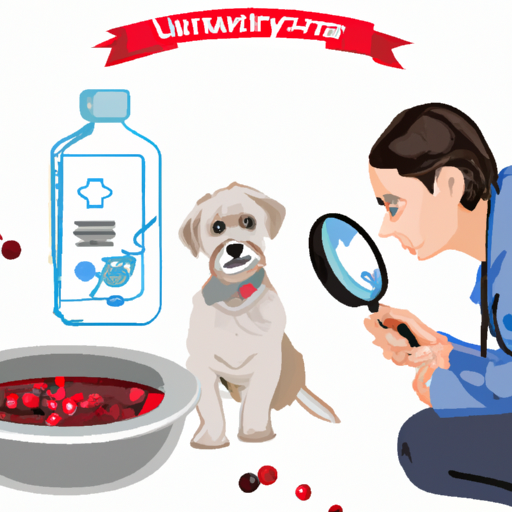As a devoted caregiver, you want nothing but the best for your canine companions. Their health is your top priority, which is why it’s crucial to know about common health problems like urinary tract infections (UTIs). This guide will help you understand UTIs in dogs, their causes, signs, and most importantly, their treatment.
Understanding Urinary Tract Infections in Dogs
UTIs in dogs, just like in humans, occur when bacteria infiltrate the urinary tract. This can lead to a multitude of discomforting symptoms for your beloved pet. UTIs are more common in female dogs, but male dogs can also be affected.
Recognizing the Symptoms of UTI in Dogs
Before you can effectively treat a UTI in your dog, you must first be able to recognize the signs. These include:
- Frequent urination
- Pain during urination
- Blood in urine
- Fever
- Abnormal behavior
If you notice any of these symptoms, it’s crucial to seek veterinary assistance as soon as possible.
Causes and Risk Factors of UTI in Dogs
Understanding the causes and risk factors of UTIs can help you take steps to prevent them.
- Bacteria: The most common cause of UTIs is bacterial infection, often from the dog’s own feces.
- Bladder Stones: These can cause blockages, making it easier for bacteria to grow.
- Age: Older dogs are more susceptible to UTIs.
- Gender: Female dogs are more likely to get UTIs because their urethra is shorter and closer to the anus.
Treating UTI in Dogs
While UTIs are uncomfortable for your dog, the good news is that they are treatable. Here’s a brief step-by-step guide:
-
Consult your veterinarian: This should always be your first step. Your vet will conduct a thorough examination and may request a urine sample for testing.
-
Antibiotics: If a UTI is confirmed, your vet will likely prescribe antibiotics to kill the bacteria.
-
Hydration: Ensure your dog drinks plenty of water. This will help flush out the bacteria.
-
Follow-up visits: It’s important to have follow-up visits with your vet to ensure the infection is completely gone.
Preventing UTI in Dogs
Prevention is always better than cure, so here are some tips:
- Regular hygiene: Clean your dog’s genital area regularly.
- Plenty of water: Ensure your dog always has access to fresh water.
- Regular bathroom breaks: Don’t let your dog hold its urine for too long.
Frequently Asked Questions
Q: Can UTI in dogs be prevented?
A: Yes, with proper hygiene, plenty of water, and regular bathroom breaks, you can significantly reduce the risk of UTI in your dog.
Q: Can UTI in dogs be treated at home?
A: While some home remedies can help, it’s crucial to consult a vet for proper diagnosis and treatment.
Q: How long does it take for a dog to recover from a UTI?
A: With proper treatment, most dogs should start to feel better within a few days, but it’s important to finish the full course of antibiotics prescribed by your vet.



